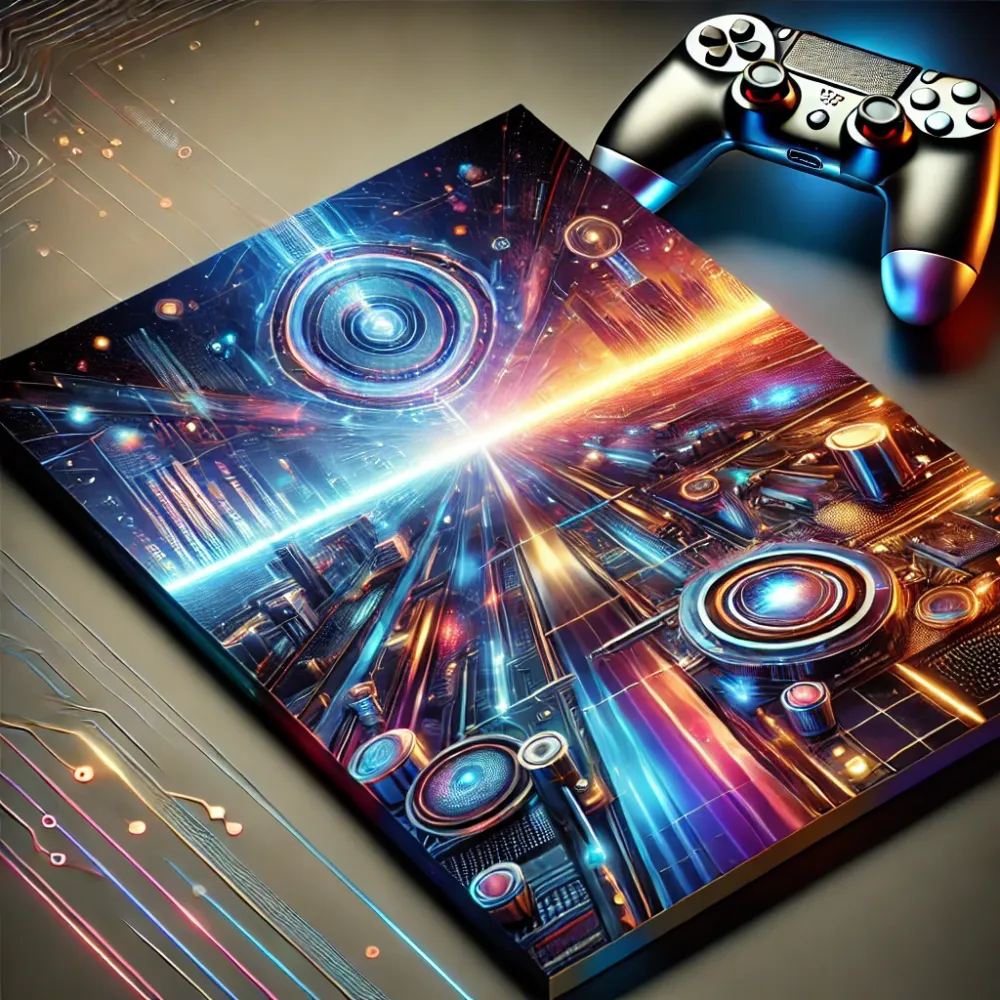Ray tracing revolution: How Real-Time lighting is changing the visual landscape of gaming
Ray tracing, a rendering technique that simulates the physical behavior of light, has transformed the gaming industry by delivering unparalleled visual realism. By accurately tracing the path of light rays as they interact with virtual objects, this technology enables lifelike reflections, shadows, and global illumination. Once a hallmark of animated films, real-time ray tracing in gaming has become feasible with advancements in both hardware and software.
The evolution of ray tracing in gaming
The journey of ray tracing in gaming took a significant leap forward in 2018 with NVIDIA's introduction of RTX graphics cards, which featured dedicated RT Cores to accelerate ray tracing computations. This innovation made real-time ray tracing achievable for complex video game scenes without sacrificing playability (Learn more about RTX Graphics Cards).
Following NVIDIA's breakthrough, other hardware manufacturers and game developers adopted ray tracing technology, integrating it into gaming platforms and engines. Today, it is a benchmark for visual fidelity in titles like Cyberpunk 2077, Control, and Minecraft RTX.
Impact on visual realism
Ray tracing enhances visual realism by simulating light interactions with unparalleled accuracy. Key improvements include:
- Dynamic lighting and shadows
Real-time ray tracing allows for realistic, moving shadows that respond dynamically to in-game events, immersing players in lifelike environments. For example, the enhanced shadow systems in games like Metro Exodus owe their realism to ray tracing (Explore Metro Exodus Ray Tracing). - Accurate reflections and refractions
Surfaces like water, glass, and metal now reflect light in a manner that mirrors real life. This can be seen in games such as Control, where ray tracing highlights the metallic interiors with breathtaking clarity. - Global illumination
This technique simulates light bouncing between surfaces, adding cohesion and natural lighting effects to entire scenes. In Minecraft RTX, global illumination breathes life into blocky environments, transforming them into dazzling showcases of light and shadow.
Challenges and performance considerations
Despite its advantages, real-time ray tracing is computationally intensive. Rendering every interaction of light rays with the environment demands significant processing power, often impacting frame rates.
To tackle this, technologies like NVIDIA’s Deep Learning Super Sampling (DLSS) have been developed. DLSS leverages AI to upscale lower-resolution images, preserving visual fidelity while boosting performance (Learn about DLSS).
Additionally, hybrid rendering methods combine traditional rasterization with ray tracing to balance performance and realism, making the technology more accessible for mid-range systems.
The future of ray tracing
As hardware evolves, ray tracing is expected to become more efficient and widely available. Next-gen consoles like the PlayStation 5 and Xbox Series X already integrate ray tracing capabilities, democratizing access to this advanced technology.
Future advancements in AI and machine learning are poised to optimize ray tracing further, enabling even higher fidelity graphics for broader audiences. Developers are also exploring how ray tracing can be paired with emerging technologies like virtual reality (VR) to create hyper-immersive environments.
Ray tracing represents a pivotal shift in the gaming industry, setting a new standard for visual realism and immersion. With its ability to recreate the complexities of light in virtual worlds, this technology not only enhances gameplay but also elevates gaming to an art form.
As more developers adopt ray tracing and hardware becomes more accessible, players can look forward to increasingly breathtaking and authentic gaming experiences. The future of gaming has never looked brighter—literally.




